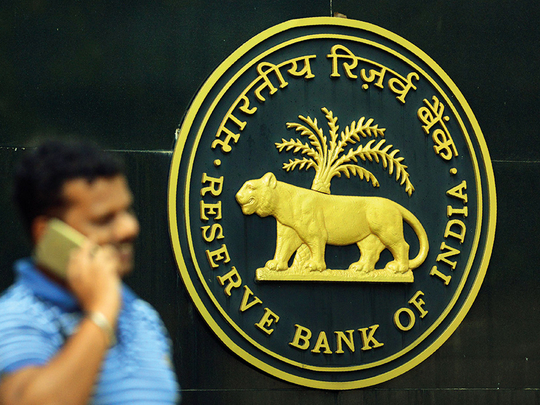
Dubai: India’s rate cut on Friday makes it the lowest lending rate in 10 years, as the central bank looks to banks to push liquidity into the hands of businesses and individuals to bolster a faltering economy. If banks in the country lower their own lending rates, Indians, resident and expats, can access loans at the lowest rates in recent history.
Friday’s cut pushes interest rate down by 75 basis points to 4.4 per cent – that’s against the 4.75 per cent it was on March 18 of 2010. The rupee had touched an all-time low in recent days, dropping below 75 to the dollar and then had even gone past 76.
Meanwhile, the Indian rupee has been strengthening in the currency markets all through Friday, and is now at 75.19 to the dollar. For UAE based NRIs, one dirham will fetch 20.40 (at 11.58am UAE time).
“The Reserve Bank of India and government entities are very active in the currency markets now, which explains the relative strength of the rupee today,” said Antony Jos, Executive Director at Joyalukkas Exchange.
Based on market feedback, most expat Indians in the UAE had already sent in their remittances when the rupee had slipped up against the dirham and dollar in the last two weeks. Also, many wanted to send in as soon as concerns escalated about the coronavirus outbreak in India and that the country could be in for a prolonged lockdown.
According to Adeeb Ahamed, Managing Director ar LuLu Financial Group, the rupee’s new found strength is not surprising.
“The government announced several relief measures in the last few days, and the RBI too has been going all out to ease pressure on the rupee,” he said. “We expect the rupee to stay within 74.35-75.15 today against the dollar.”
But any forecasts for next week will be premature. “Only after observing trends over the weekend can we get a clearer picture on how the rupee will swing next week,” said Ahamed.
Degrees of uncertainty
What the immediate future has in store is very much up in the air… India has announced a $22 billion stimulus, and the now, the Reserve Bank of India has done its part by effecting the rate cut to 4.4 per cent.
“The lockdown could be extended and elsewhere, which is why it’s way too early to say the worst is over,” said Siddarth Razdan of IndiaNivesh, the fund manager. “Also, the relief given by the RBI was along expected lines.
“There is still no firm data to assess the full impact of the current lockdown.
A thumbs down?
The Indian stock markets responded immediately to the RBI decision by dropping 400 points, then clawed its way back to a 50-point loss, and then dropped back to 549 points by 1.30pm India time.
The indices had been on the plus side for the last two days, “on thin volumes,” according to Razdan. “Plus, some profit booking was expected to emerge after that upturn.”
Innes reckons that the Reserve Bank of India exceeded market expectations by going for a 75-basis point cut. The market was expecting a 50 basis point cut.








